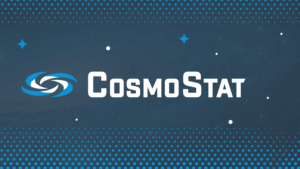The notion of self acceleration has been introduced as a convenient way to theoretically distinguish cosmological models in which acceleration is due to modified gravity from those in which it is due to the properties of matter or fields. In this paper we review the concept of self acceleration as given, for example, by [1], and highlight two problems. First, that it applies only to universal couplings, and second, that it is too narrow, i.e. it excludes models in which the acceleration can be shown to be induced by a genuine modification of gravity, for instance coupled dark energy with a universal coupling, the Hu-Sawicki f(R) model or, in the context of inflation, the Starobinski model. We then propose two new, more general, concepts in its place: force-acceleration and field-acceleration, which are also applicable in presence of non universal cosmologies. We illustrate their concrete application with two examples, among the modified gravity classes which are still in agreement with current data, i.e. f(R) models and coupled dark energy.
As noted already for example in [35, 36], we further remark that at present non-universal couplings are among the (few) classes of models which survive gravitational wave detection and local constraints (see [12] for a review on models surviving with a universal coupling). This is because, by construction, baryonic interactions are standard and satisfy solar system constraints; furthermore the speed of gravitational waves in these models is cT = 1 and therefore in agreement with gravitational wave detection. It has also been noted (see for example [37–39] and the update in [33]) that models in which a non-universal coupling between dark matter particles is considered would also solve the tension in the measurement of the Hubble parameter [40] due to the degeneracy beta - H0 first noted in Ref. [41].
Reference: L.Amendola, V.Pettorino "Beyond self-acceleration: force- and fluid-acceleration", Physics Letters B, in press, 2020.



